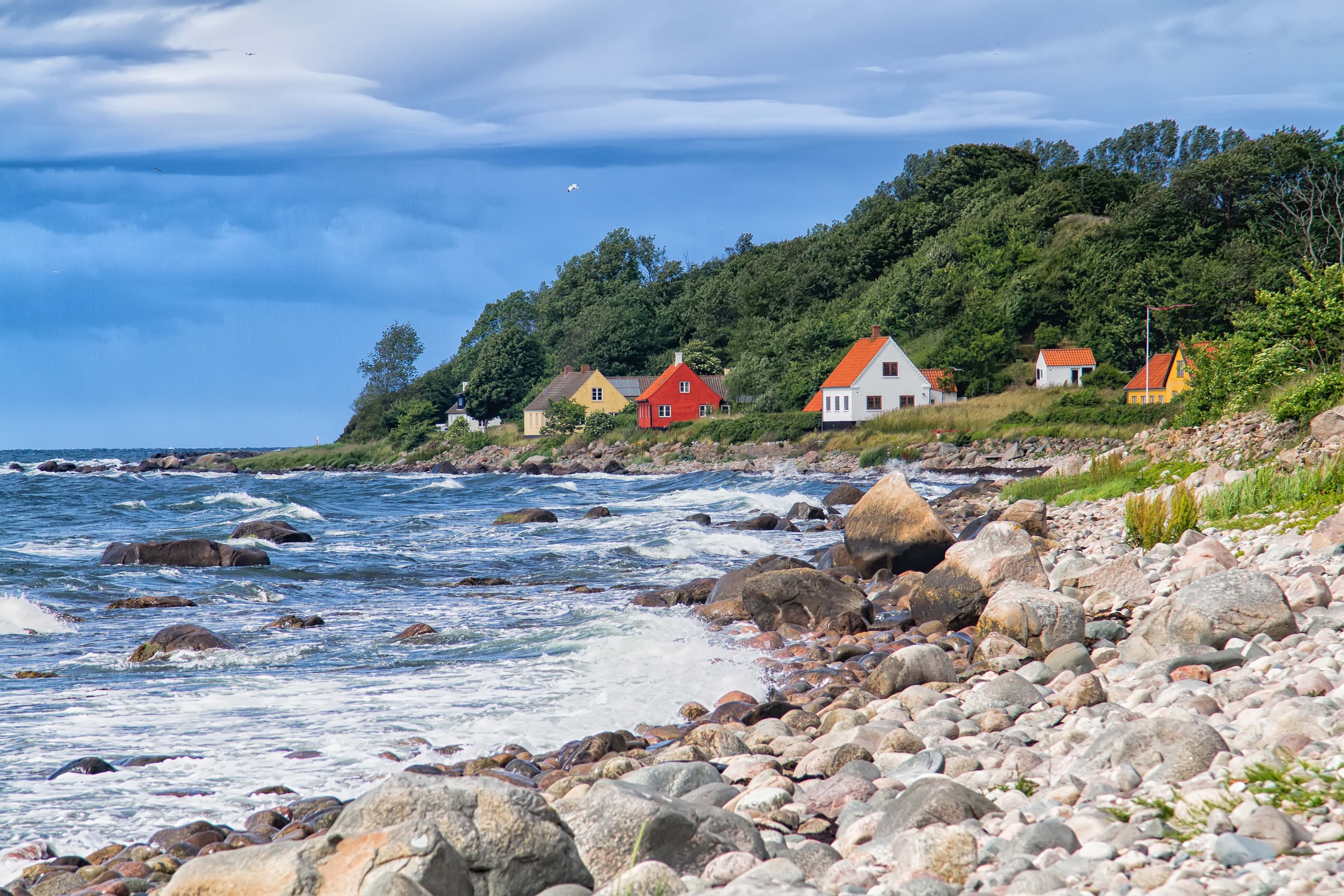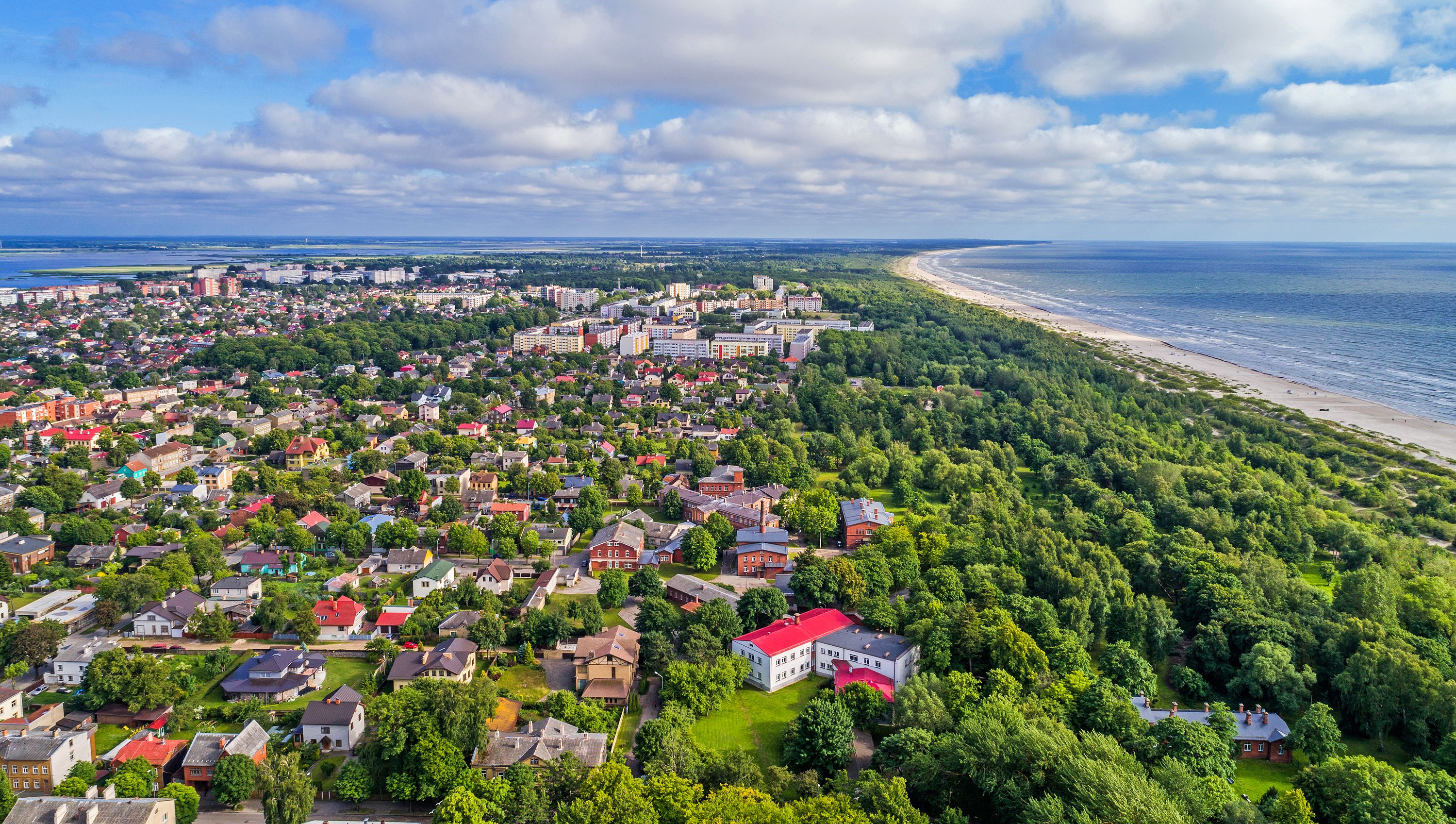Planning your own trip? Prepare for your trip
Use Rough Guides' trusted partners for great rates
Book your individual trip, stress-free with local travel experts
Plan your tailor-made trip with a local expert
Book securely with money-back guarantee
Travel stress-free with local assistance and 24/7 support
written by
Jonathan Bousfield
updated 19.03.2018
European beach holidays haven’t always been just about the Mediterranean. A century ago, the resorts along the Baltic Sea were just as likely to attract the Emperors, Duchesses and celebrities of the day as anywhere on the French Riviera. Indeed an awful lot of Europeans still spend their summers on Baltic shores. As well as endless white-sand beaches, the region offers grand spa resorts, laidback fishing ports and lashings of evocative history. And yet it remains off the radar to almost everyone except those who live in its immediate hinterland, leaving the coast relatively free to develop its own unique, local personality.
It’s on Rügen that the Baltic beach craze first started, thanks to 19th-century aristocrats keen to promote the island’s bracing coastline as an upmarket destination for sickly city folk.
It’s still a ravishingly attractive amalgam of Neoclassical villas, spindly piers and sandy beaches dotted with Strandkörbe – the sheltered wicker seats that have become something of a German seaside cliché. Most spectacular of the beaches is at Prora, a broad bay famous for the gargantuan, never-finished, Nazi-era holiday complex that stretches for some 4.5km behind the shore.

Rügen © Capture Light/Shutterstock
Rippling sands, shifting dunes and quiet forests characterize the landscape around Łeba, a working fishing port that also happens to be a great place to tuck into halibut and chips. The local dune-scape harbours historical secrets too: just behind the beach 3km west of the village lies the Launchpad Museum, displaying the rocket testing site used by Germany in World War II.
You will find more inspiring ideas for visiting Poland in our guide to the best things to do in Poland.

Łeba © Pawel Kazmierczak/Shutterstock
Midway between Poland and Sweden, but actually part of Denmark, the island of Bornholm boasts half-timbered houses, historic churches and an abundance of awesome beaches. The famously white Dueodde Strand on Bornholm’s southeastern tip is madly popular in summer, but at 7km long always seems roomy enough to soak up the crowds. Or try a visit to the Faroe Islands.
You will find more inspiration for visiting Denmark in our guide to the best things to do in Denmark.

Bornholm © Milosz Maslanka/Shutterstock
If the Lithuanian capital Vilnius looks a bit empty over the summer then it’s probably because everyone has gone to Nida, the (almost) perfectly preserved fishing village that stands on the 100km-long promontory known as the Curonian Spit. Nida’s well-tended cottage gardens are achingly cute, although it’s the undulating line of huge dunes to the west that lends the place a stark otherworldly appearance.

Nida © matsiukpavel/Shutterstock
The longest stretch of beach in Europe runs for an unbroken 40km along the northern shores of Usedom, a lush green island lying some 200km north of Berlin. Known as the Kaiserbäder or “Imperial Spas” due to their popularity with the Prussian royal family – Kaiser Wilhelm II was a regular – the shoreline towns of Ahlbeck, Herringsdorf and Bansin revel in their pointy-turreted seaside villas and neatly manicured parks.

Ahlbeck on Usedom © Christian Mueller/Shutterstock
The Latvian city of Liepāja can boast at least three different personalities: that of sedate sea-resort, bustling market town and former Russian naval base. Backed by the leafy promenades of the seaside park, the beach itself is as pristine a stretch of sand as you’re likely to find on Latvia’s western coast, and a good spot for amber-hunting after storms.

Liepāja © Ikars/Shutterstock
One-time stamping ground for the rich and famous, who came from all over the world to sample its casinos and high life in the 1920s and 1930s, the Polish resort of Sopot still delivers a potent dose of Riviera-town swagger. Boasting a glorious sandy beach, a fashionable strolling strip and an iconic pier, it’s a people-watcher’s paradise.

Sopot © Nightman1965/Shutterstock
Few places have such a desolate end-of-the-world feel as Cape Kolka, a horn-shaped spit backed by an enchanting hinterland of dunes, bogs and forests. Situated at the point where the Gulf of Riga meets the Baltic Sea, it’s famous for the chevron-patterned waves caused by the currents of the gulf running into those of the open sea.
There’s nothing much here save for the scattered houses of the local village. Here you can find some of the best things to do in Latvia to enjoy nature: perfect terrain for lighting campfires, watching sunsets and going for long meditative walks.

Cape Kolka © Janis Smits/Shutterstock
Former favourite of the Russian Tsars, the Estonian spa resort of Haapsalu is as quaint a period piece as they come, with narrow streets of wooden cottages and stately neo-gothic villas gazing proudly out to sea. It’s also home to a fine pair of beaches: the white-sand Paralepa on the western side of town and the dark, muddy and medicinal Aafrika Rand to the east.
Find more ideas for visiting Estonia with our guide to the best things to do in Estonia.

Haapsalu © yegorovnick/Shutterstock
For a taste of easy-going glamour with a bohemian edge, it’s probably best to take the ferry to Gotland, the sun-bathed island 100km east of the Swedish coast. While its the UNESCO-protected medieval town of Visby that gets all the headlines, it’s the dune-backed beaches such as Tofta on the west coast and Ljugarn to the east that attract young Stockholm beach-party animals come the summer.

Gotland © Niar/Shutterstock
Top image: Łeba beach © Pawel Kazmierczak/Shutterstock.
written by
Jonathan Bousfield
updated 19.03.2018
Use Rough Guides' trusted partners for great rates
Plan your tailor-made trip with a local expert
Book securely with money-back guarantee
Travel stress-free with local assistance and 24/7 support